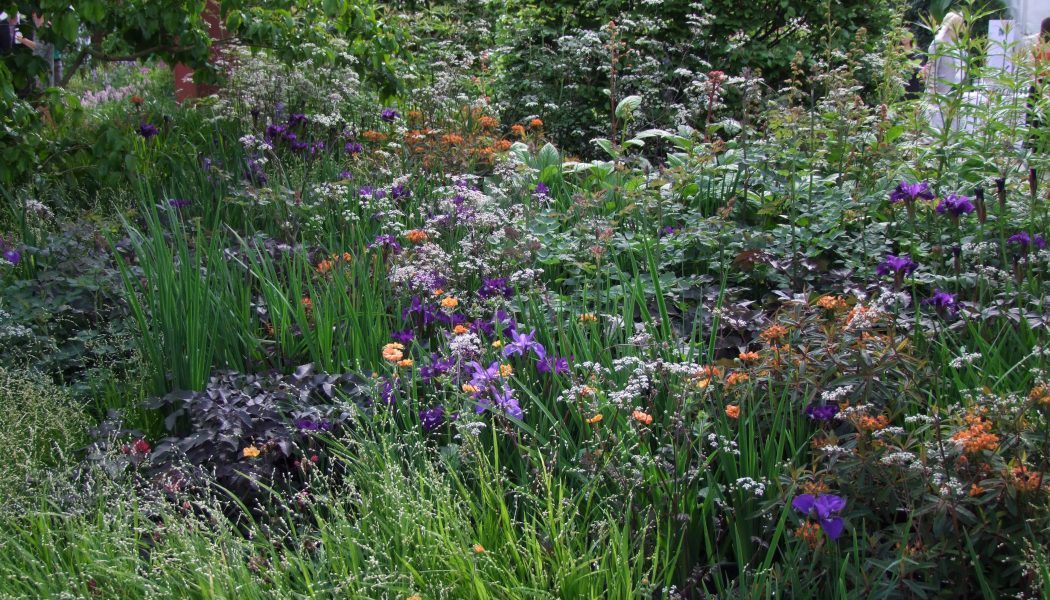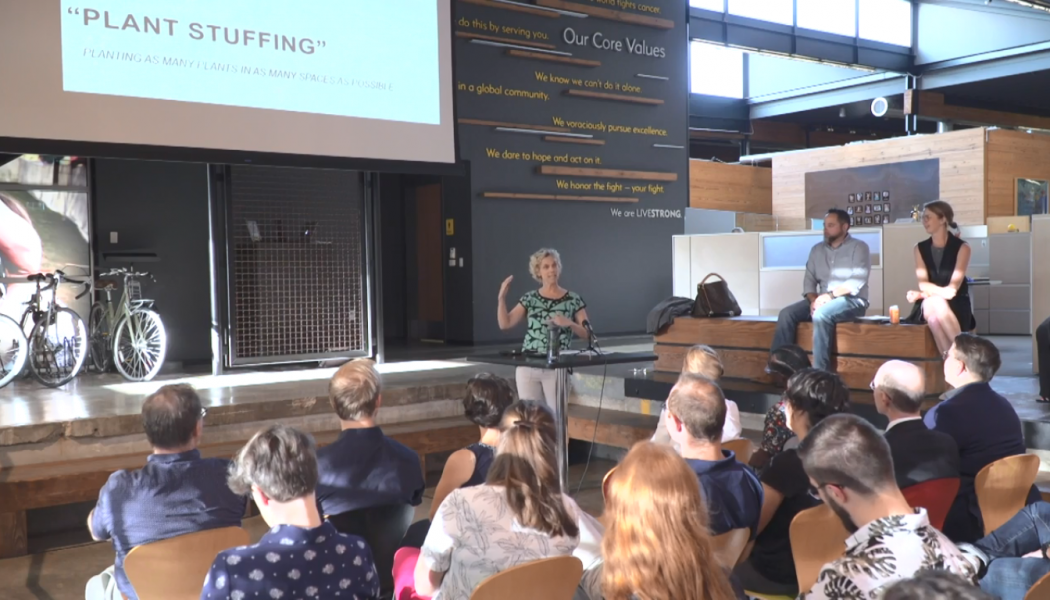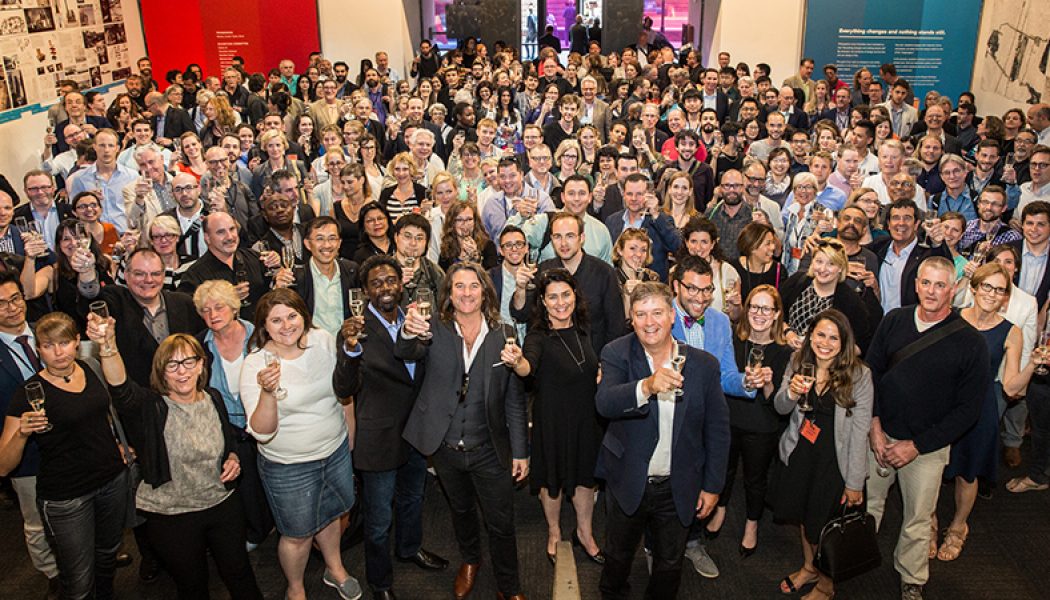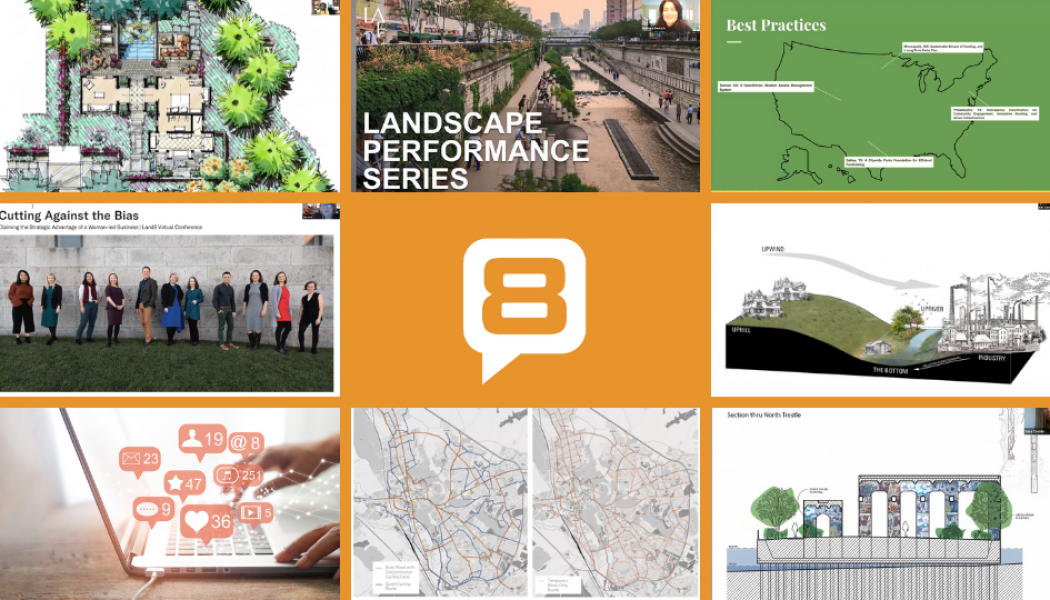Cover Story
Posts to be featured on the Home Page Slider
LAF Innovation + Leadership Symposium Goes Virtual: Part 1
This year’s annual LAF Innovation + Leadership Symposium showcased leading-edge thinking in landscape architecture to address a breadth of pressing issues. During this two-part virtual event, the six 2019-2020 LAF Fellowship for Innovation and Leadership recipients presented their projects as the culmination of their year-long fellowship. The symposium is a celebration of the fellows’ journey to develop their leadership capacity and work on ideas that have the potential to create positive and profound change in the profession, the environment, and humanity. < RELATED: LAF Innovation + Leadership Symposium Goes Virtual: Part 2 > Established in 2016, the Fellowship for Innovation and Leadership was created to “foster transformational leadership capacity and support innovations to advan...Read More
The Aesthetic of Proof [Video]
As designers, we are constantly seeking new tools and strategies to better express our design vision. Technological advances have enhanced our visualization capabilities dramatically over the years, from hand-drawn perspectives to photo-realistic renderings and 3D digital models. Yet, much of what makes a landscape unique – the feelings, smells, and sounds of the natural environment – are not being communicated in our graphics. Andrew Sargeant, landscape designer and visualization specialist for Lionheart Places LLC, believes that augmented reality and virtual reality (VR) provide greater potential than all previous rendered visualizations of landscapes. During his presentation at the Land8x8 Lightning Talks in Austin, TX, Sargeant shared why he believes immersive technology is the future ...Read More
Cut/Fill: An Open Space unConference
All eyes around the world are focused on a push for change in many aspects of life as we know it. We believe our profession should use this moment in time for open and honest discourse to let all voices shape the future of landscape architecture. We have created an Open Space and are inviting people to come in and to listen and learn. We want people to talk about the things that they have been thinking about and wanting to talk about. If you have not had the platform to talk about it, this could be your chance. It might be because you have been trapped inside your house or you have not had the setting or time to do so in the past. It could also be that you have been talking about it, but the conversations have not yet led to tangible, long-term results. This time, we want it to lead to som...Read More
British Firm Wynne-Williams Associates Takes Leap of Faith
As Matt Bird, senior landscape architect and BIM manager at Wynne-Williams Associates describes it, “the firm took on a multi-school project in 2014, our first large BIM project and doing it in SketchUp was very painful.” Bird described the use of multiple software products on that project and the great potential for error. So in November 2015 at a BIM conference, he shopped around for an alternative. In the UK, BIM is required for firms working on government contracts. Wynne-Williams Associates, a firm northeast of London, does about 80% of its work in the educational sector. After comparing several options, Bird and his colleagues opted for Vectorworks Landmark design and BIM software. Initially, longtime British instructor and Vectorworks UK Director of Customer Success Tamsin Slatter h...Read More
Equity, Justice, and Landscape [Webinar]
Recorded Friday, June 19, 2020 Sparked by the murders of Black Americans by police officers, rebellions in many cities have revealed systemic disparities in the living conditions of people based on race, class and gender. The built environment is going through a rapid re-examination of its role in enabling or inhibiting social equity and racial justice. How could this impact how landscape architects are taught and how they practice? How could we encode equity and justice into our work? In this interactive session, multidisciplinary panelists will offer insight into what equity and justice mean, especially when working in economically, socio-culturally, and ecologically unjust places. Participants will be invited to participate in visioning new strategies for equipping landscape architectur...Read More
Paving the Way for Naturalistic Planting Design
Confronted by the jewel-like intensity of Piet Oudolf’s Lurie Garden or Tom Stuart-Smith Studio’s 2019 Chelsea Show Garden (pictured above), you might assume that these plantings are individual works of genius. Around you, masses of plants ebb, water-like, tumbling into each other and between. Seedpods thrust skywards. Fuzzy stems glitter with morning dew. These gardens seem such a stark contrast to the ordinary landscapes—static and banal—that most of us accept as part of our daily routines. They’re like wild landscapes—but richer, more colorful, more condensed. What features distinguish these contemporary plantings from more traditional approaches to planting design? My piece “Learning the Language of Contemporary Planting Design” offers an introductory vocabulary. In brief, these plant...Read More
Plant Stuffing [Video]
From urban farming to forest bathing, there has been a growing desire to connect with the natural world. In an effort to bring nature to urban settings, some landscape architects are turning away from conventional horticultural practices, where plants are organized in orderly rows and treated as separate, distinct clumps, in favor of a freer aesthetic that reflects the wildness of nature and is attuned to ecology. During her presentation at the Land8x8 Lightning Talks in Austin, TX, Jennifer Orr, a founding principal of Studio Balcones, discussed the importance of designing “wild” landscapes in the public realm to help restore ecological diversity in urban settings. Orr advocates for crafting landscapes that work with nature instead of trying to control it. This plant-driven approach for p...Read More
Altering Human Habits [Video]
Spending time outside not only makes us feel healthier, it also impacts our long-term wellbeing. Studies have shown that people with high exposure to green spaces yield significant physical and mental health benefits. Yet, most of us do not prioritize outdoor activity in our daily lives. According to the EPA, the average American spends 93% of their time indoors, leaving very little time for outdoor activity each day. To promote human wellbeing, we need to alter our daily routine to accommodate outdoor activity. In her presentation at the Land8x8 Lightning Talks in Houston, TX, Cynthia Dehlavi, Senior Research and Design Associate at OJB Landscape Architecture, shared how landscape architects can use design to influence human habits and increase people’s daily exposure to green space. Duri...Read More
Stories of Space in Times of Quarantine
Europe’s Last Plague May 25, 1720. The Grand Saint-Antoine, a three-masted French merchant ship, sails into the port of Marseille on the southern coast of France. Its journey has been troubled: nine passengers have died since departing from Lebanon two months earlier. Following protocols designed to prevent disease outbreaks, Marseille’s health bureau orders the ship, its passengers, and its cargo of precious silks to be held in quarantine on a nearby island. In a notable breach of protocol, however, the bureau allows the early transfer of the cargo to the mainland—a fatal decision, made under pressure from silk merchants who want to bring the goods quickly to market. June 20, 1720. A woman dies abruptly in downtown Marseille, an area of narrow streets and dense housing. She is the first v...Read More
Vectorworks CEO Dr. Biplab Sarkar Delivers Virtual Design Summit Keynote
Hundreds of design professionals were anticipating the 2020 Vectorworks Design Summit in San Diego this April when a certain virus changed our plans. As a nimble tech company, Vectorworks quickly moved the event online, where it is available to anyone on-demand, this year at no cost. Vectorworks CEO Dr. Biplab Sarkar delivered the keynote address, and despite the subdued production compared to typically showy Vectorworks stagecraft, he covered a lot in a short time, including how the company is helping design professionals during the pandemic, exciting new software developments of interest to Vectorworks Landmark users, and where things are headed in the near future. To date, over 1,300 people have watched Dr. Sarkar’s online keynote, far more than would have been able to see it in the San...Read More
An Open Letter to Graduating Landscape Architecture Students
Dear graduating landscape architecture student, I am thinking of you all as you graduate—Congratulations and well done! You have spent a lot of time and money the last several years to get your degree. You have worked hard and are entering a noble and fulfilling profession, one that can provide a good life for you. I made a career change to become a landscape architect, and I have never looked back. I have traveled and lived in ways beyond my wildest dreams. I experience my world and those around me in a more enriching way than I ever could have imagined because of my training and work as a landscape architect. This is there for you too. You are also entering the workplace in an epic time of uncertainty from the COVID-19 pandemic. Now the really hard work begins. No doubt you are anxious a...Read More
Land8 Virtual Conference 2020 [Webinars]
The Land8 Virtual Conference sponsored by Anova Furnishings was held on April 20 – 23, 2020. View recordings here: Kona Gray (EDSA) – “Design Thinking – Utilizing Hand Graphics to Explore Ideas” | View > Barbara Deutsch (Landscape Architecture Foundation) – “Landscape Performance to Demonstrate Impact” | View > John Surico (Journalist and Urban Planning Researcher) – “Revitalizing Urban Parks After COVID-19” | View > Gina Ford (Agency Landscape + Planning) – “Cutting Against the Bias – A Talk About the Strategic Advantage of Gender and Design” | View > Kurt Culbertson (Design Workshop) – “Spatial Equity in the Time of Covid 19” | View > Catherine Saunders (TBG Partners...Read More





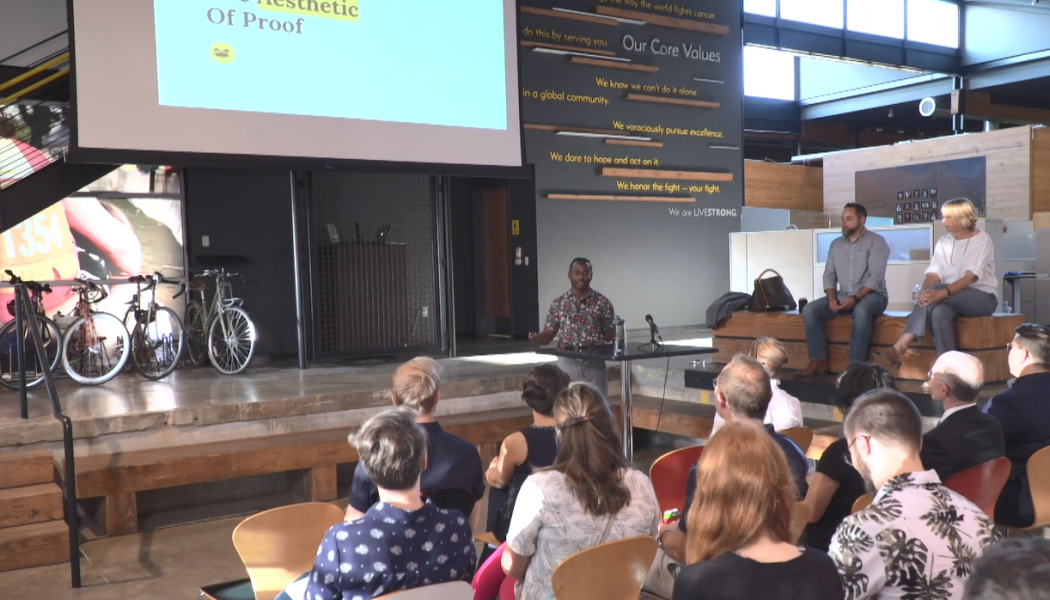



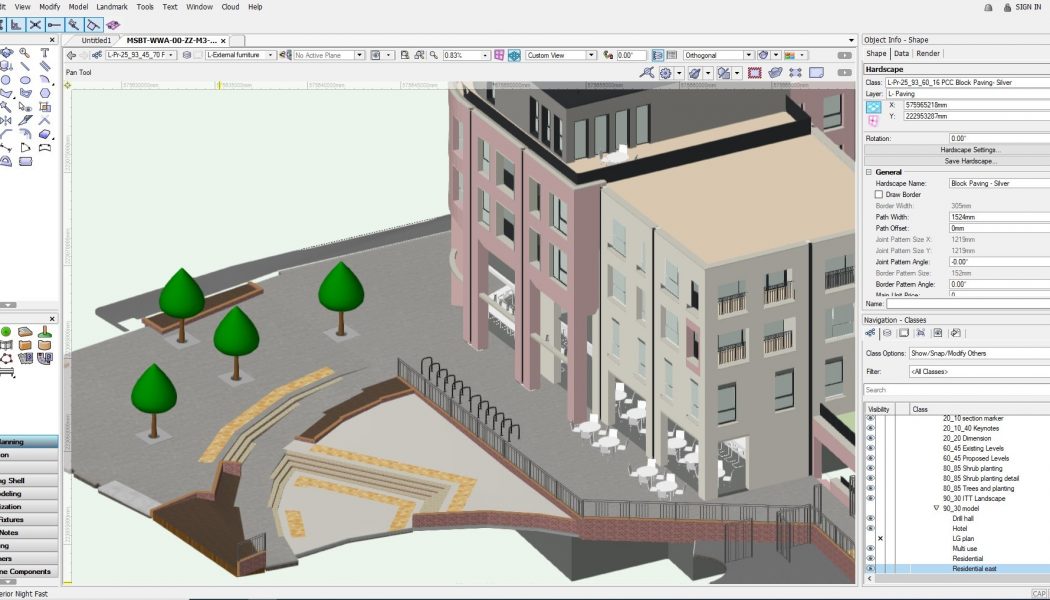

![Equity, Justice, and Landscape [Webinar]](https://land8.com/wp-content/uploads/2020/06/HKOJ2017_kb-1050x600.jpg)
![Equity, Justice, and Landscape [Webinar]](https://land8.com/wp-content/uploads/2020/06/HKOJ2017_kb-80x80.jpg)
